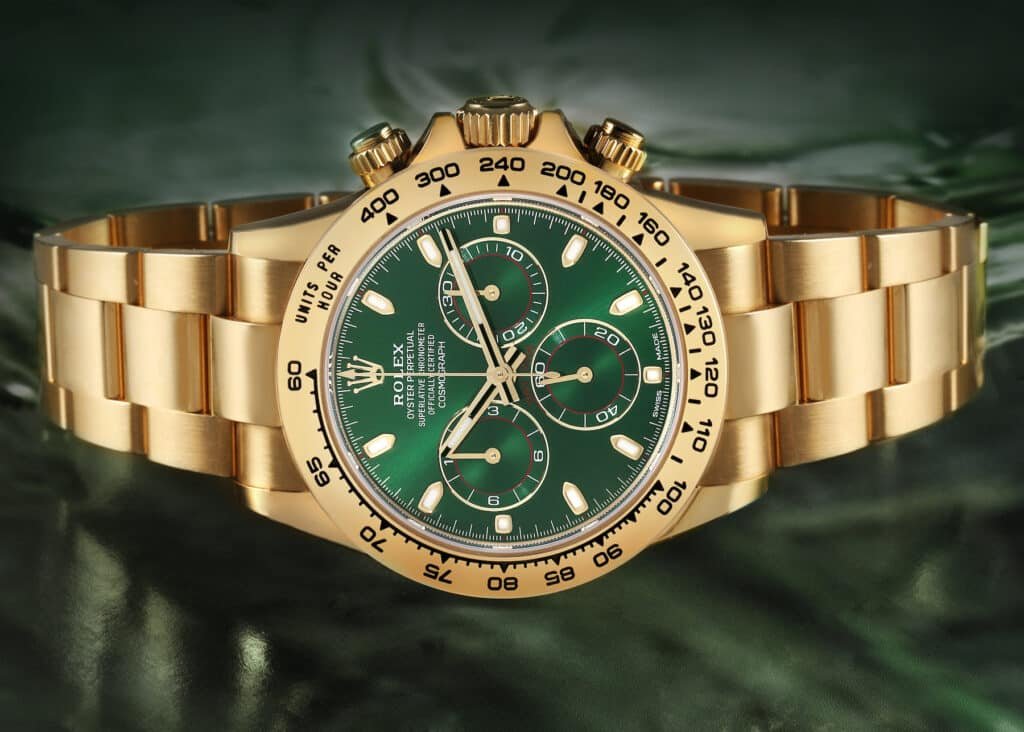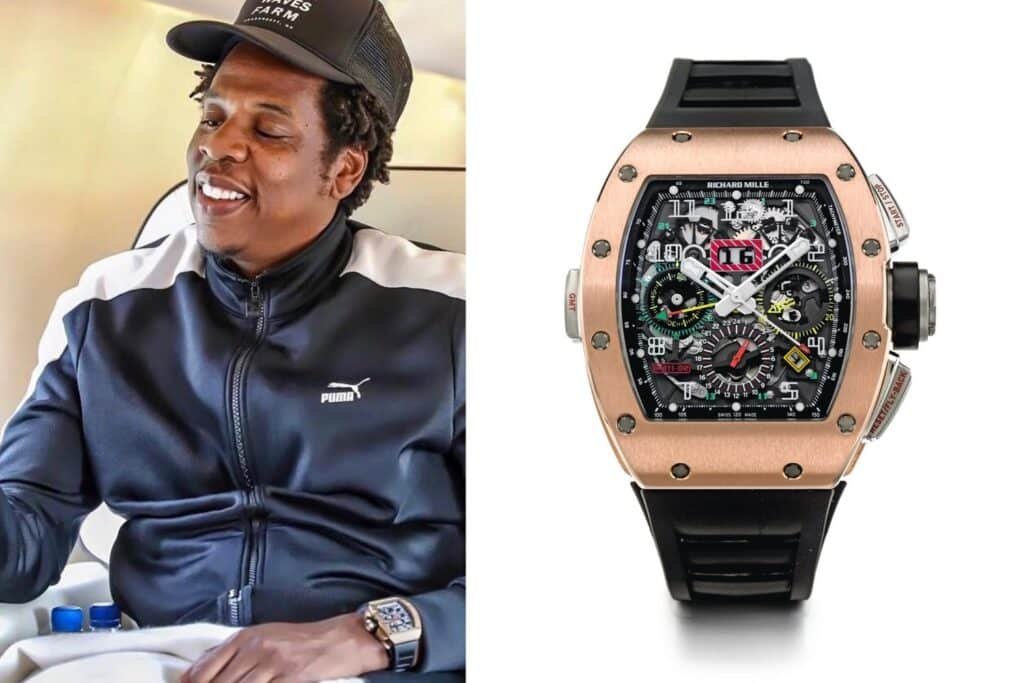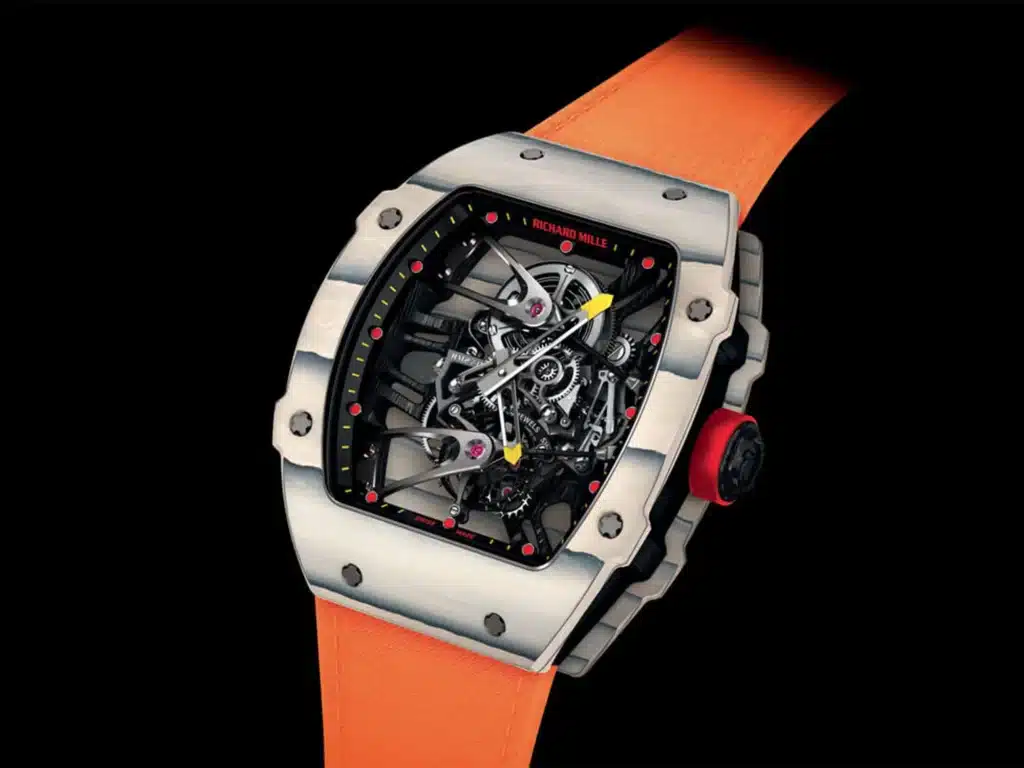I’ve been following the luxury watch scene for years, and I can say with certainty that something remarkable has happened in the past decade. What used to be a niche hobby for horology purists has evolved into a full-blown global industry — one that now rivals fine art and classic cars in terms of collectability, investment potential, and cultural relevance.
This is no passing trend. The watch re-selling market has become a serious business, fuelled by a potent mix of scarcity, prestige, and celebrity influence. From the sudden spike in Rolex prices to the growing role of online marketplaces, the sector is redefining what it means to buy and own a timepiece in 2025.

From Collectors’ Circles to a Global Industry
When I first started paying attention to the secondary watch market, it felt underground — a handful of specialist dealers, a few dedicated forums, and word-of-mouth transactions between collectors. Today, the scale is staggering.
The transformation has been driven by three core factors:
- Insatiable Demand – Luxury watches have shifted from being personal accessories to status symbols and, increasingly, financial assets. Demand is no longer confined to traditional strongholds like Switzerland, the UK, and Japan — it’s truly global, from the UAE to the US and beyond.
- Manufactured Scarcity – Brands like Rolex and Patek Philippe deliberately limit production. When demand outstrips supply by such a wide margin, the secondary market becomes the only way to get your hands on certain models — and prices soar.
- Social Media Influence – Instagram and YouTube have transformed watch collecting into a visual, shareable culture. Entire audiences now follow watch influencers for market analysis, unboxings, and personal collections, and these creators directly shape buying trends.

The Personalities Driving the Market
One of the fascinating shifts in recent years has been the emergence of prominent voices who have built their reputations on the back of this booming industry.
Names like Paul Thorpe — a former dealer turned YouTube educator — and TGV from The Urban Gentry have become trusted commentators for thousands of enthusiasts. Their blend of market insight, historical knowledge, and honest opinion has helped bring watch collecting to mainstream attention.
These personalities have demystified the process of buying, selling, and valuing watches. For someone entering the market now, it’s possible to learn in a few months what used to take years of networking and experience.

The Rolex Effect
If there’s one brand that dominates the conversation in the re-selling world, it’s Rolex. I’ve seen prices for certain models double, even triple, compared to their retail values — and that’s if you can find them at retail in the first place.
Why? It comes down to four interlinked reasons:
- Brand Power – Rolex is synonymous with prestige, accuracy, and craftsmanship. Its name alone carries more weight than almost any other in luxury goods.
- Controlled Supply – Production is deliberately kept tight, ensuring scarcity even for entry-level models.
- Investment Potential – Models like the Submariner, Daytona, and GMT-Master II have a proven track record of price appreciation.
- Pop Culture Presence – Rolex watches are visible everywhere: in films, on red carpets, and in the hands of world leaders and cultural icons.

Models That Have Exploded in Value
Some pieces have become almost mythical in the re-selling market:
- Rolex Daytona (Stainless Steel) – Already iconic, but now virtually unobtainable at retail. Its deep connection to motorsport and limited release numbers keep demand sky-high.
- Rolex Submariner – The quintessential dive watch, beloved for its design and durability. Discontinued variants and recent upgrades have fuelled even greater interest.
- Rolex GMT-Master II (“Pepsi” & “Batman”) – Instantly recognisable thanks to their bold bezels, these models blend functionality with collectability, making them prime targets for investors.

Beyond Rolex: The Music Star Factor
It’s not just watch brands and influencers driving prices up — the music industry has played a surprisingly large role. High-profile artists don’t just wear these watches; they help turn them into cultural touchpoints.
Jay-Z is perhaps the most influential in this regard. His extensive collection, from Audemars Piguet to Richard Mille, has been featured in music videos, interviews, and public appearances. Every time he sports a rare model, the market notices.
Artists like Drake and Justin Bieber have had a similar effect, regularly photographed with highly desirable pieces. The result? Watches once known only to hardcore enthusiasts are suddenly recognised — and coveted — by millions.

Where the Market Is Heading
The growth shows no signs of slowing. Here are the trends I expect to define the watch re-selling business in the coming years:
- Digital Dominance – Online platforms like Chrono24, WatchBox, and specialist auction houses are making it easier than ever to buy and sell globally. Transparency and buyer protection are improving, which builds trust in the secondary market.
- Greater Market Knowledge – Thanks to accessible content and open market data, buyers are far more informed. This creates a healthier, more competitive environment.
- Sustainability Shift – More collectors are embracing vintage and pre-owned watches, not just for value but for environmental reasons. In an age of conscious consumerism, a beautifully maintained watch from the 1970s holds a different kind of appeal.

Living in the Boom
I’ve been to watch fairs where vintage Daytonas sit alongside brand-new Patek Philippe complications, and you can feel the electricity in the air when a rare piece changes hands. The watch re-selling boom isn’t just about profit margins or brand prestige; it’s about a shared passion for mechanical artistry.
And that’s why I think the market has real staying power. Yes, prices may fluctuate. Yes, trends will shift. But the emotional pull of a finely crafted watch — the weight of it on your wrist, the knowledge of its history — is something no algorithm or trend report can quantify.




